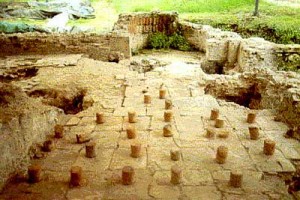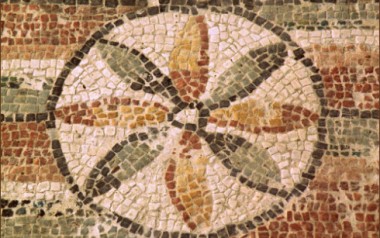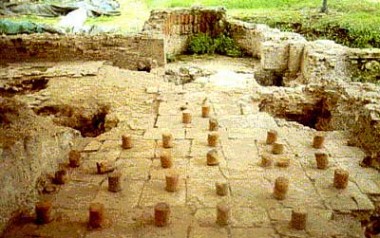Roman Villa Desenzano
Roman Villa Desenzano, one of the great villas of northern Italy and one of the three of Lake Garda, built close to the lake and behind the agricultural properties.
Roman Villa Desenzano: for almost half a millennium, since the end of the first century BC in the early decades of the fifth century c.C., the area of Desenzano called Borgo Regio was the site of an uninterrupted sequence of residential and productive buildings. There were various reasons to build a large villa here: the proximity to the Via Gallica, connection between Verona and Bergomum; the fertility of the land that constituted the fundus of the villa; the lake, which certainly implies its own port facility, given the importance of the routes between the north and south of the lake.The first news of the archaeological remains dates back to the Exposition of prehistoric archeology and fine arts that was held in Brescia in 1875, with the exposure of some fragments of mosaic; but only in 1921, with the discovery of a mosaic potion, was ordered an excavation campaign that began in 1923. In the area of the villa have been identified remains of previous buildings but, in a complex so vast, it has easily occurred over time an almost continuous flow of interventions; the first period, the most ancient, corresponds to the end of the first century BC, when there were two buildings almost at the ends of the area: a pars urbana, with thermal rooms, to the south; a pars rustica, to the north, with fireplaces around a large clay court. The second period would be around the first century AC, when the complex had assumed a unitary orientation, where there were a cistern, a residential environment and environments intended for productive functions; in these last ones the presence of an oil mill is hypothesized (given the importance of the oil production of Garda). The third period is positioned in the first half of the second century AC, when the complex takes a predominantly residential destination while maintaining the productive functions; the northern sector is used as entrance and reception functions from the lake, with a large room with an elegant black and white mosaic floor and on the walls a decoration of red and yellow panels with flowers and fruits on a black plinth. To greatly enrich the villa was a substantial statuary, perhaps the most conspicuous of a private residence in northern Italy: 14 well-preserved statues and those whose iconography is recognizable, including two of Hercules and seven Dionysian subjects ; their date is from the first half of the 2nd century AC. The fourth period is between the mid-4th century A.C. and the beginning of the fifth century, when the villa is converted entirely to functions of high prestige, there is a pars publica and a pars privata; the productive part is completely separated from the complex.



